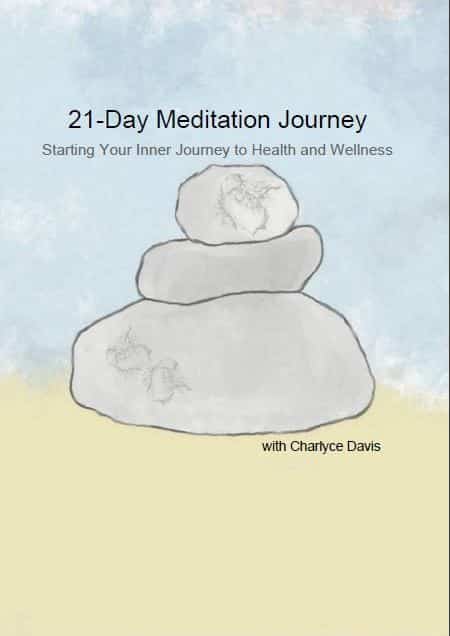Please note that some of the links within this blog post may be affiliate links. This means that I may earn a commission if you make a purchase or click on these links. As a dedicated blogger, I strive to provide valuable content and recommendations to my readers, and I only endorse products or services that I genuinely believe in. The commissions earned through these affiliate links help support the maintenance and growth of this blog. Rest assured that any recommendations or reviews provided are based on my own experience, knowledge, and thorough research.
It’s important to understand that your purchasing decision is entirely up to you, and you are under no obligation to use these links. However, if you find value in the content I provide and choose to make a purchase through an affiliate link, I sincerely appreciate your support.
Please be aware that the prices of products or services may fluctuate and I cannot guarantee their availability or accuracy. I encourage you to verify all information, terms, and conditions before making any purchase.
Thank you for your continued support and for being a valuable reader of my blog. If you have any questions or concerns regarding this affiliate disclaimer, please feel free to reach out to me.
The Autonomic Nervous System is made of the Sympathetic Nervous System and Parasympathetic Nervous System.
The Sympathetic System is necessary in times of exercise, or if fast physical action is needed (“Fight or Flight”).
Like all things in nature, we want to achieve balance. This blog post will discuss the benefits of activating the parasympathetic nervous system, why to do it and how to do it.
Working with the autonomic system is truly the playground of energy medicine. The Autonomic Nervous System is controlled by the vagus nerve and spinal cord. This system is very responsive to stress. During times of stress, either prolonged or brief, the Sympathetic Nervous system will govern bodily functions. The Sympathetic Nervous system will change the endocrine system to prepare for a threat. This means the hormone system will be producing more “stress hormones” (such adrenaline and cortisol) constantly.
How do you know when it’s time to activate the parasympathetic system?
- Insomnia
- Agitation
- Restlessness
- Anxiety
- Fast heartbeat
- Feeling lightheaded
- Feeling ungrounded
- Increasing pain levels
- Digestive issues
- Sexual dysfunction
Experiencing any of these signs or symptoms means that likely your sympathetic nervous system is running the show. It’s time to find balance.
1. Grounding Meditation While Standing
Standing with your feet firmly in place preferably barefoot for 1 to 3 minutes can help slow down your nervous system and let the parasympathetic system activate. In my book 21 Day Meditation Journey, we practice doing a few poses standing to activate Earth energy. Focusing your energy on your legs and feet can help to slow down racing thoughts. Do this simply by taking several deep breaths while standing and if your balance allows with your eyes closed.
2. Hip Openers to Relax The Mind and Body
Yoga uses asanas (Yoga Poses) that focus on the hips to relieve stress. The hip joints are weight bearing joints. The hips, the hip girdle and lower back are also a place where many of us hold stress in our bodies. This can be felt by tightness in the hips, trouble going from standing or sitting, or back pain.
Freeing up the hip joints through stretches will allow the mind and body to relax deeply. These poses can be modified for comfort of course.

How to Modify These Poses
- Sit on a blanket or block in Half-Lotus for comfort
- Use Blocks or Blankets underneath the knees in Cobbler’s Pose
- Sit on Blankets or Blocks in Yogi Squat
- Dead Pigeon Pose on the Back is an alternative to Pigeon Pose

Download the Free Ebook 9 Ways to Ground Your Energy
3. Deep Belly Breath
The Parasympathetic Nervous System can be activated with deep breaths into the belly. Breathing is controlled primarily by the Autonomic Nervous System. We can take conscious control of breath be taking deeper, slower breaths.
Taking deep Belly Breaths doesn’t require a formal meditation practice. You can do this even while reading this blog post.
Breath Into the Belly Now
- Sit or stand straight, aligning
- Loosen your clothing if needed
- Inhale by initiating the breath by expanding the belly first, then the chest
- Exhale first from the chest then the belly, squeeze the belly in.
4. Slow Down Your Breath
Breathing too rapidly is a a habit we all fall into easily. Hyperventilation, which is taking in too much oxygen, can occur if breathing is occurring only in the chest. During times of stress and anxiety, particularly if you’re sitting for prolonged periods, this can easily occur.
Breathing deeply and slowly allows the Parasympathetic system to engage. This can calm the mind and body.

5. Express Your Feelings
The Autonomic Nervous System never lies. If you are hanging on to thoughts of pain, hurt, or resentment those emotions are being stored within your body. Finding a way to safely and effectively express your emotions will allow you to release stress and let your parasympathetic nervous system increase its activity. There’s no need to confront anyone or start a fight.
Using a journal, or a piece of paper you can safely discard, write down your feelings that are creating discomfort. Doing this will relief your body of the tension of unexpressed emotions.

6. Meditate to Quiet the Mind
Meditation is a powerful tool to calm the Sympathetic Nervous System (“Fight or Flight”) and engage the Parasympathetic Nervous System.
Meditation can be a simple moment of mindfulness of 3 minutes, or a formal practice.

Start Your Meditation Journey Today-Meditation E Course


Pingback: What Supplements Should You Take for Spring Allergies - Healing Arts Health and Wellness